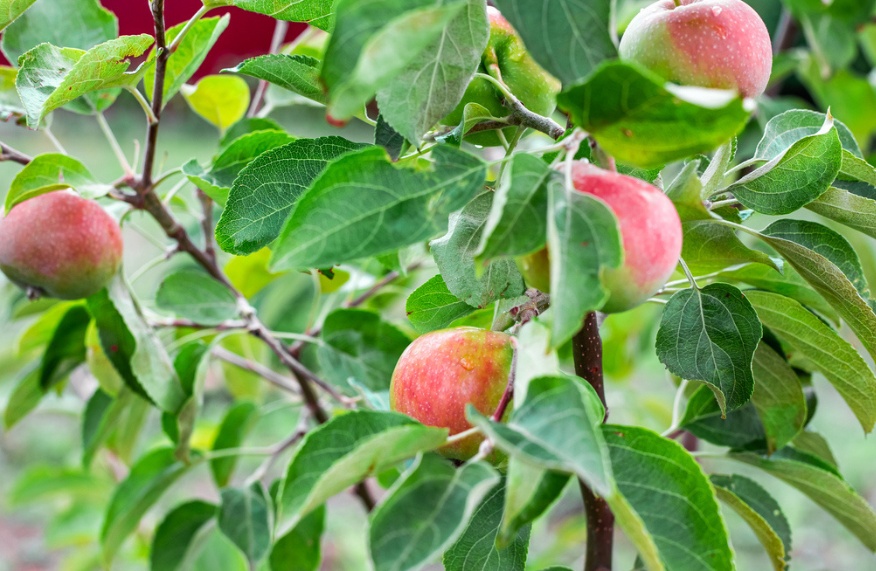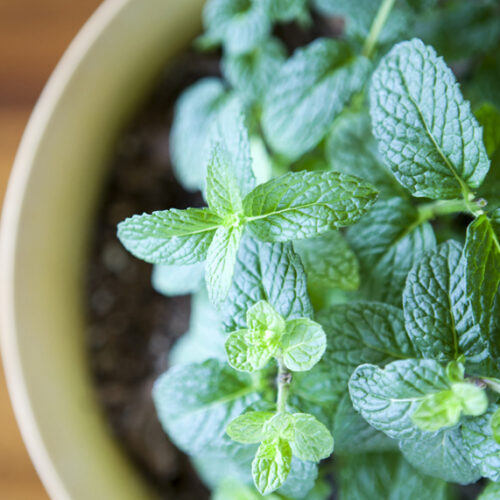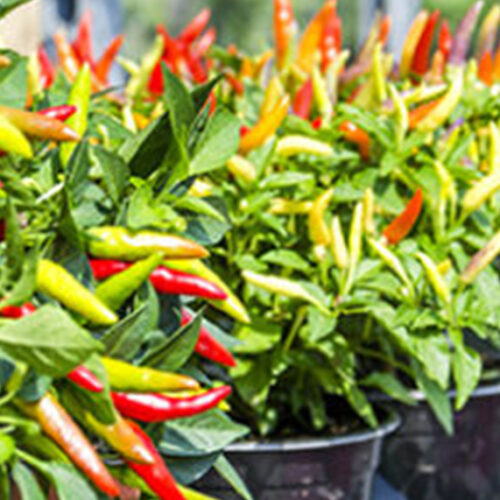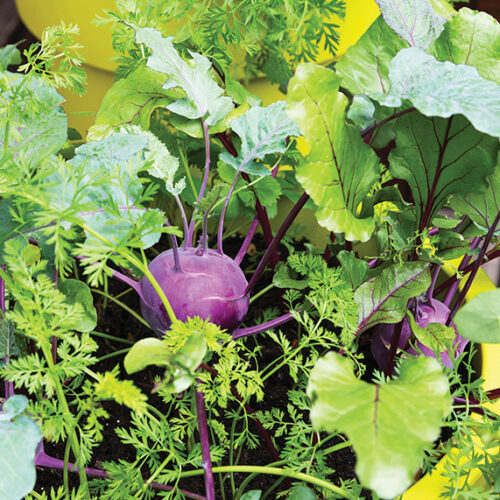Dwarf fruit trees
2025-08-25T10:44:01+10:00
Dwarf fruit trees deliver all the juicy rewards of full-sized trees, with the added bonus of thriving in pots – where they look cute and are easy to harvest.
Deciduous fruit trees brighten the garden with their stunning spring blossom and vibrant fruit – and, of course, they reward you with a delicious harvest. And the good news is that there is a huge range of dwarf varieties available, well-suited to growing in pots, which makes them perfect for gardens of any size, including small courtyards and balconies.
Dwarf fruit trees require minimal pruning and since they’re grafted onto dwarfing rootstock, they grow much smaller than regular fruit trees. This means you could create a mini orchard in multiple pots, if you wished. And the best news? Despite being dwarf trees, the fruit itself is full-sized, so there’s no compromise there!
Potted trees can be placed close to the house for easy access, without the worry of invasive roots. They can also be moved to follow seasonal sunlight, and pots can provide excellent drainage – especially useful if your garden has heavy clay soil.
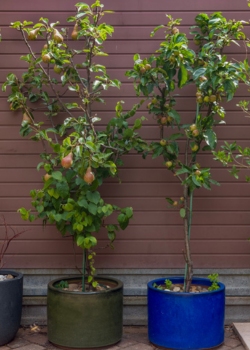
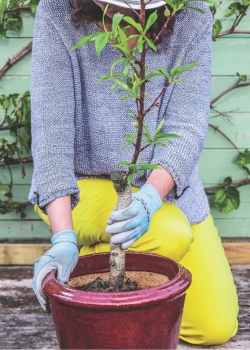
When to plant dwarf fruit trees
Happily, you can plant deciduous dwarf fruit trees in pots at any time of the year. You’ll find plenty of young trees in full leaf in nurseries from spring to autumn. In winter, bare-rooted trees are available. (If you’re quick, your local nursery still might have a few bare-rooted trees in stock.)
How to grow dwarf fruit trees
Choose a pot with a diameter of at least 60cm – even a dwarf tree appreciates room to spread its roots. And a larger pot means less watering for you. Use premium potting mix and add 5–10 per cent perlite to ensure the mix drains well even as it ages.
How to plant them
Position your tree so the final potting mix level will match the soil mark on the trunk. Backfill with mix and press down firmly. Mulch with sugarcane or straw, leaving a 5cm gap around the trunk, and water in with a seaweed solution.
Positioning the pot
Deciduous fruit trees need sun, so choose a position that receives at least six hours of direct sunlight a day, where it’s protected from strong winds and close to a water source.
Maintenance
To ensure juicy fruit that doesn’t split, it’s important to develop a consistent watering routine. In hot weather and warm areas, this could be 3–4 times weekly. Feed in spring, summer and autumn, using organic pellets. For faster growth, liquid feed fortnightly.
Pests are common on fruit trees, so check regularly for sap suckers such as scale and aphids. Use an oil spray to control them. Once fruit sets, cover with fine netting to keep out fruit fly and codling moth as well as hungry birds and possums.
Several diseases cause spots and distortion on the leaves and fruit. If damage appears, it’s worth correctly identifying the cause as the treatment varies depending on the disease.
Header image: iStock

